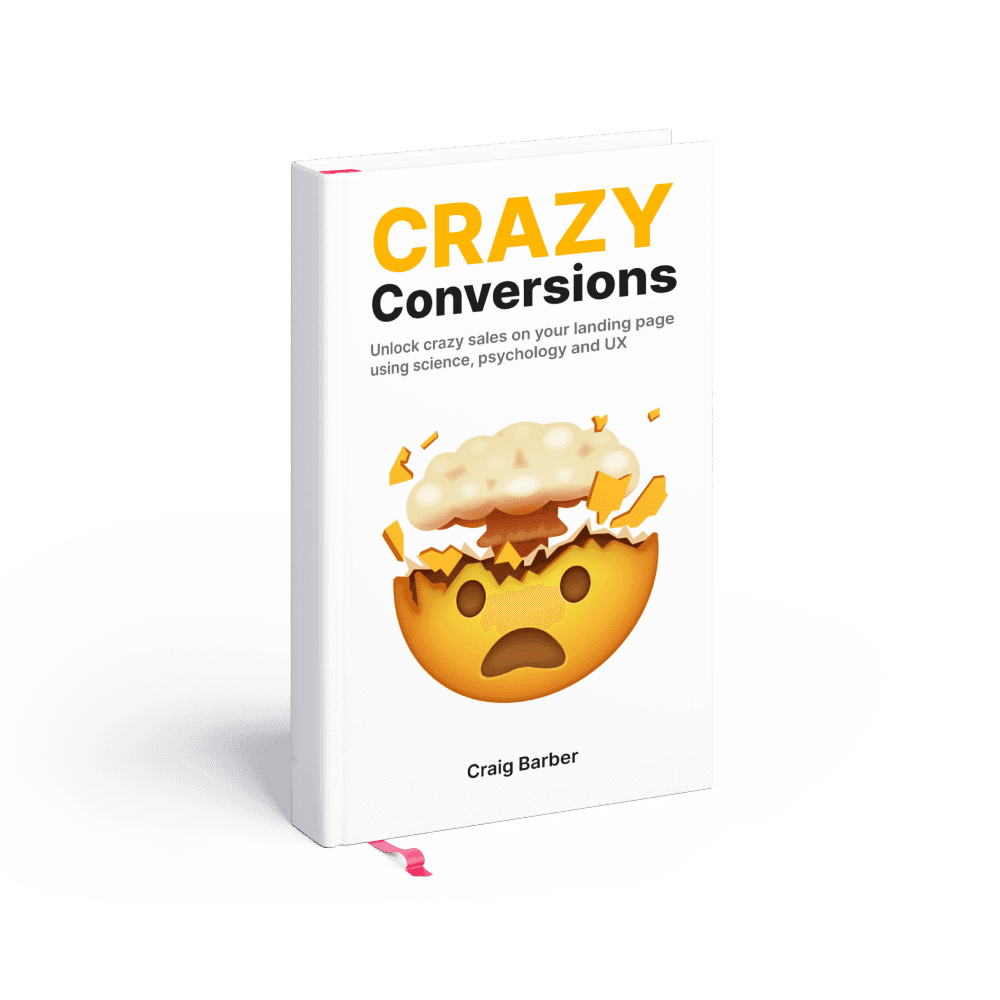Heat Maps: The Ultimate Guide for UX Designers
Discover how heat maps can transform your UX design process
Welcome, UX designers, to a world of captivating insights and enhanced user experiences!
In today’s blog post, we’re diving into the fascinating realm of heat maps and their immense potential in shaping intuitive and user-friendly designs.
From uncovering user behavior patterns to optimizing conversion rates, heat maps have become indispensable tools for UX designers.
So, let’s explore what heat maps are, their applications, and the best tools to capture and analyze them. Get ready to harness the power of visual data like never before!
What is a Heat Map?

At its core, a heat map is a visual representation of data that uses color gradients to depict the density and intensity of user interactions on a particular web page or screen.
By leveraging eye-tracking, click-tracking, or mouse movement data, heat maps provide designers with valuable insights into how users engage with their interfaces.
By presenting complex information in an intuitive and digestible format, heat maps serve as visual storytellers, guiding UX designers to make informed decisions.
Heat maps explainer video:

Heat maps enable designers to gain a deep understanding of how users interact with their interfaces.
By analyzing where users focus their attention, click, scroll, or hesitate, designers can identify pain points, areas of interest, and opportunities for improvement.
Optimizing Layouts and Content

Heat maps allow designers to analyze how users consume and engage with specific content and layout elements.
By identifying the hotspots and cold areas, designers can optimize the placement of important elements, improve call-to-action buttons, or streamline information architecture.
Enhancing Usability and Navigation

Heat maps offer insights into user navigation patterns, allowing designers to identify areas where users encounter difficulties, get lost, or abandon the interface altogether.
With this knowledge, designers can simplify navigation, improve user flows, and enhance overall usability.
Conversion Rate Optimization (CRO)

Heat maps provide invaluable insights into the conversion funnel, highlighting where users drop off or engage the most.
By optimizing the design elements and user experience in these critical areas, designers can significantly boost conversion rates, ultimately driving business success.
Best Tools for Capturing Heat Maps:
1. Hotjar

With its comprehensive suite of user behavior analytics, Hotjar offers heat maps, session recordings, and feedback tools to capture a holistic view of user interactions.
It also provides features like form analysis and conversion funnels for conversion optimization.
2. Crazy Egg

A popular and user-friendly heat map tool, Crazy Egg provides click, scroll, and mouse movement heat maps, as well as A/B testing and segmentation features to gain granular insights into user behavior.
3. Lucky Orange

This versatile tool captures click heat maps, scroll heat maps, and even offers live visitor recordings, helping designers understand user behavior and uncover usability issues in real-time.
4. Mouseflow

Offering an array of heat maps, including click, movement, scroll, and attention, Mouseflow provides advanced filtering and segmentation options, along with session replay, to deeply analyze user behavior and improve UX.
Frequently Asked Questions about Heatmaps in UX Design:

What is a heatmap in UX design?
A heatmap in UX design is a visual representation of data that shows the areas of a website or app that receive the most user attention. It uses color-coded overlays to indicate the intensity of user interactions, such as clicks, taps, or cursor movements.
Why are heatmaps important in UX design?
Heatmaps provide valuable insights into user behavior, allowing designers to understand which parts of their interface are effective and engaging, and which areas need improvement. By analyzing heatmaps, UX designers can make informed decisions to optimize user experiences and increase conversions.
What types of heatmaps are commonly used in UX design?
There are several types of heatmaps used in UX design, including:
Click Heatmaps: These show the areas where users click the most. They help identify popular interactive elements and determine if the layout or placement of certain elements is effective.
Scroll Heatmaps: These reveal how far users scroll on a page. They assist in understanding whether users are reaching important content and if anything needs adjustment to increase engagement.
Move Heatmaps: These track mouse or cursor movements to highlight areas where users pay the most attention. They provide insights into user engagement and can help identify elements that attract or distract users.
How can I create a heatmap for my website or app?
To create a heatmap, you can use specialized tools such as Hotjar, Crazy Egg, or Lucky Orange. These tools typically require you to install a tracking code on your website or app, which collects user interaction data. The tools then generate the heatmap based on this data for analysis.
How do I interpret a heatmap?
When interpreting a heatmap, pay attention to the intensity of color overlays. Areas with brighter and more saturated colors indicate higher user activity, while areas with cooler or lighter colors represent lower activity. Look for patterns, clusters, or anomalies in the heatmap to understand user behavior and identify opportunities for improvement.
Can heatmaps help with mobile app design?
Yes, heatmaps are equally valuable for mobile app design. Mobile-specific heatmaps provide insights into user interactions on smaller screens, helping designers optimize layouts, navigation, and content placement to enhance the mobile user experience.
Are heatmaps the only tool for UX analysis?
No, heatmaps are just one of many tools available for UX analysis. They are particularly useful for understanding user behavior and making data-driven decisions. However, combining heatmaps with other methods such as user testing, surveys, and analytics can provide a more comprehensive understanding of your users and their needs.
Can heatmaps replace user testing?
While heatmaps provide valuable insights, they should not replace user testing. User testing allows you to observe and interact with real users, uncovering insights that heatmaps may not capture. Heatmaps and user testing complement each other, offering a well-rounded approach to UX design.
Are there any limitations to using heatmaps?
Heatmaps have a few limitations. They provide aggregated data, making it challenging to understand individual user behavior. They also don’t capture the “why” behind user actions. Additionally, heatmaps can be influenced by factors such as device types, screen resolutions, and user preferences. Therefore, it’s essential to use heatmaps as a starting point for analysis and combine them with other research methods for a comprehensive understanding.
Remember, heatmaps are powerful tools, but they should always be used in conjunction with other user research methods to gain a deep understanding of your audience and create meaningful user experiences.
Conclusion
In the ever-evolving world of UX design, heat maps have emerged as indispensable tools for understanding user behavior, optimizing layouts, and enhancing overall usability.
By leveraging the power of visual data, designers can make data-informed decisions, leading to superior user experiences and increased conversions.
Remember, understanding your users is the key to designing experiences that truly resonate with them.
So, embrace the power of heat maps, tap into the best tools available, and let your designs thrive with meaningful data-driven decisions.
Happy mapping, fellow designers!
Boost sales in 30 days or your money back
Introducing Crazy Conversions, the powerful playbook helping founders unlock sales on their landing page
Boost my sales now $29

5/5 stars on Gumroad





